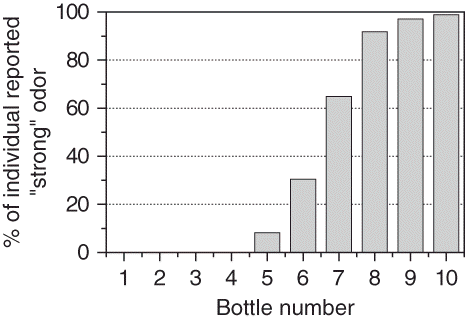Figures & data
Figure 1. Gender, age, and residence distributions of the tested population. (A) Age and gender distributions. (B) Residence distribution of women. (C) Residence distribution of men. The total number of individuals was 179. Age and residence were evenly distributed between women and men except for the age group 61–70.
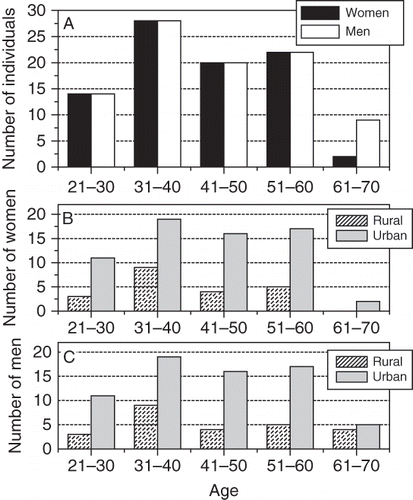
Table 1. Grading procedure in each part of the odor test
Table 2. An example of the calculations used in part 2B of the odor test to determine a grading based on “average odor perception.”
Figure 2. Test results for all 179 individuals. (A) Part 1: Triangular forced choice—percentage of correct answers given for each set (maximum: 40 points). (B) Part 2A: Odor intensity—replacing 1 of the 10 bottles previously removed from a 10-point static scale of n-butanol, scored according to the distance from the correct position (maximum: 30 points). (C) Part 2B: Odor intensity—describing intensity of n-butanol samples comprising a 10-point static scale (maximum: 12 points). (D) Part 3A: Hedonic tone descriptions of two n-butanol samples—two bottles selected for each individual, previously described by the individual as “weak” and “strong”, respectively (maximum: 7 points). (E) Part 3B(I): Hedonic tone descriptions of four different solutions (maximum: 7 points). (F) Part 3B(II): Odor character—three descriptors most frequently given to d-limonene, butanoic acid, p-cresol, and n-butanol (maximum: 4 points).

Figure 3. Final scores of all 179 candidates in ascending order. The median (87.50 points) and the 25th percentile (80.75 points) are marked.
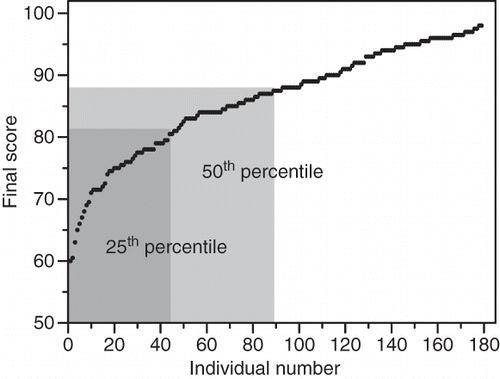
Figure 4. Percentages of candidates who passed the test (i.e., fell within the top 75%), according to gender (A), residence (B), and age (C).
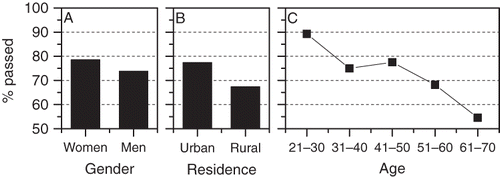
Figure 5. Impacts of the two main parts of the test on the final score and on the percentage of candidates who passed the test (i.e., who fell within the top 75%). (A and B) Parts 1+2A (based on a candidate's ability to distinguish between different odor types and various odor intensities). (C and D) Parts 2B+3 (based on a candidate's deviation from the “average odor perception” of the tested population).
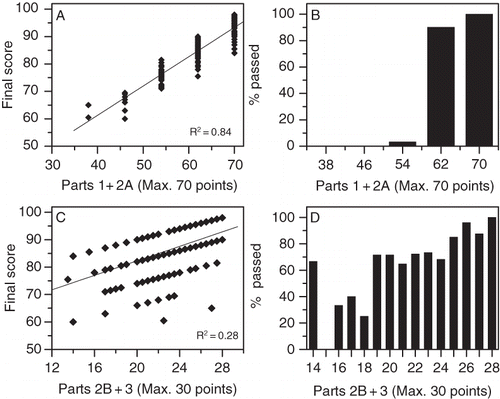
Figure 6. The differences, in ascending order, between the scores (% of maximum) obtained in parts 1+2A and parts 2B+3. The median indicates that half of the candidates had a difference above or below 13.6, whereas the upper 5% had a difference of over 40. The latter candidates are potentially hypersensitive; they performed excellently in the first part of test (based on ability to distinguish between different odor types and different odor intensities), but relatively poorly in the second part of the test (based on deviation from the “average odor perception” of the tested population).

